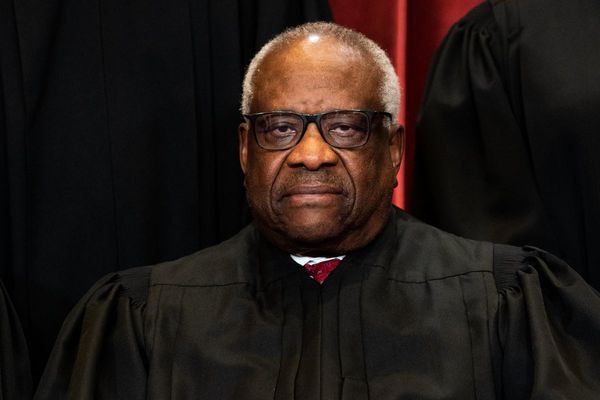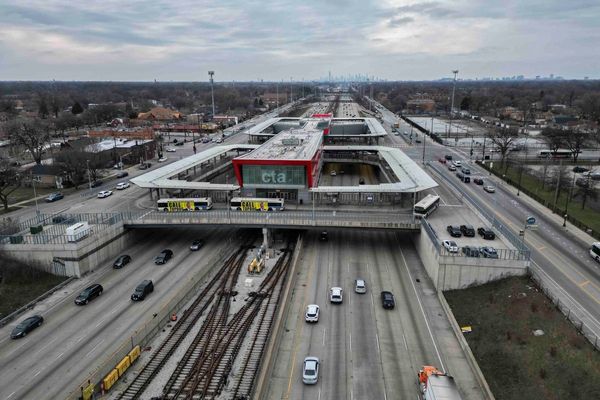
A new YIMBY (“Yes, In My Back Yard”) group has launched in Melbourne. Jonathan O’Brien founded the Melbourne New Progressives due to frustration at the prevalence of NIMBY (“Not In My Back Yard”) sentiment at the local council level.
The group joins a fledgling chorus of pro-development voices in Australia and overseas calling for more well-located housing amid record-low rental vacancy rates, record-high public housing wait lists, rebounding commute times and persistent unaffordability.
They argue planning rules subordinate apartments and public transport to quarter-acre blocks and station wagons, making scarce dwellings proximal to job centres more expensive and increasing commute times for those priced out.
But are Australians receptive to a European or Asian style of urbanism? And can they dislodge the sway of NIMBYs over their local politicians?
More Australians are saying ‘yes’ to development, but resistance remains
There are tentative signs Australians are becoming more open to denser development, albeit cautiously. In the Centre for Equitable Housing’s (CEH) March survey, respondents overwhelmingly supported increasing the supply of public housing (70%), while nearly half agreed we must relax planning restrictions to increase other supply, compared to 18% opposed.
According to Max Holleran, author of Yes to the City, sentiment is shifting.
“There are so many people who would’ve been buying their big block house but now cannot afford it,” he told Crikey.
“But also [sentiment is shifting] for lifestyle reasons — people don’t want to be stuck in traffic. So renting or having a downsized home is becoming more culturally acceptable.”
Infrastructure Victoria recently found most new homebuyers want to live in a three-bedroom detached home with car parking. But at least one in five would prefer a townhouse or apartment closer to the city if it were affordable.
The CEH found more people supported than opposed their home’s value halting if it increased affordability overall — though boomers were more evenly split. But when asked about “more units built on or subdivision of the street where I currently live”, support was 44% and opposition 26% — the least popular option, behind some demonstrably ineffective ones like first-home grants and superannuation deposits.
Status quo bias and financial self-interest are strong foes and Australia’s culture of big cars, lawns and spare bedrooms won’t die quietly. Holleran, who moved to Australia from the US, believes the biggest barrier to convincing Australians of denser urban living is the quality and reputation of our apartments.
“There are not that many examples of good, modest, mid-rise developments,” he said.
“We’ve condensed a lot of development into CBDs, with these dystopian Jenga towers hovering over each other. They’re built terribly, with basic problems like cladding, cracking walls, really small spaces. People think ‘I don’t want to live in an apartment because I’ve never seen a good one’. It’s a big psychological burden for YIMBYs to overcome.”
NIMBY MPs are feeling the heat
As more Australians cautiously embrace the call for more housing, controversy around rejected developments is rising. For instance, Greens MP Max Chandler-Mather copped blowback last week for opposing the redevelopment of the Bulimba Barracks in his inner-suburban Brisbane electorate.
Chandler-Mather raises some understandable concerns about flood risk on the site. Mind you, most of Brisbane’s well-connected inner suburbs are similarly vulnerable, and development cannot all be pushed elsewhere.
But his use of NIMBY-like rhetoric such as “traffic chaos”, “overdevelopment” and “luxury” apartments (the latter is often just marketing gloss for cheaply built mid-market dwellings) threatens to undermine his otherwise reasonable objections to federal Labor’s inadequate housing bill. It’s hard to take the Greens’ policy to build 1 million homes seriously when their housing spokesman disapproves of putting 1300 in his backyard.
But the Greens are hardly the only hypocrites on this issue. Labor’s Jerome Laxale, quick to jump on Chandler-Mather, once weaponised development backlash as a local councillor, as have state Labor MPs.
The Liberals’ chief development evangelists, Andrew Bragg and Jason Falinski, both abandoned their principles at last year’s election, opportunistically capitalising on local NIMBY campaigns. Falinski campaigned against a proposal from the Metropolitan Local Aboriginal Land Council — hardly the caricature of a greedy developer.
Meanwhile, the teal movement turned from chief beneficiary of development-led demographic change at the federal election to most cynical exploiters of affluent NIMBYism at the NSW state election.
But more MPs are saying yes
As YIMBY sentiment grows, politicians are increasingly seeing their parochial pandering fall flat. The teals’ “overdevelopment”-focused NSW campaign bombed, and the backlash Chandler-Mather is facing simply wouldn’t have occurred a few years ago.
“Max is not reading the room correctly, because the mood is shifting,” O’Brien told Crikey. As the homeownership rate drops, fewer people have an interest in guarding their asset value or aesthetic attachments from interlopers, and more have an interest in well-located options to move to.
Thus, more politicians across all parties are seeing benefits in full-throated support for more housing. Last week, new NSW housing minister Rose Jackson sent a pointed message to anti-development activists: “get out of the way”.
New Victorian Liberal MP Evan Mulholland, a millennial, recently called out inner-suburban councils for pushing development to outer growth areas — “that’s pretty immoral, and it’s doing my generation a deep disservice” — earning plaudits from outside his political tribe.
“Both the NIMBYs and YIMBYs transcend party lines in interesting ways,” O’Brien said.
“Some Greens councillors in Queensland, there is a very NIMBY contingent, but you meet with Greens councillors down here [in Melbourne] and some are very YIMBY. It’s the same for Labor and Liberal. But as more people struggle to be housed, the incentives are changing.”
Overseas, the YIMBY movement has similarly split allies on the left and right. While its followers tend to be young, centre-left, renting knowledge-workers, almost making odd bedfellows are libertarians, centrist wonks and socialists.
“There is a big potential coalition to get new housing built: those who will get jobs, those who will get housing, businesses,” Holleran said. But as O’Brien concluded: “It’ll take organising — we’re up against essentially a landowning gentry.”
How would you feel about housing development in your “back yard”? Let us know your thoughts by writing to letters@crikey.com.au. Please include your full name to be considered for publication. We reserve the right to edit for length and clarity.







